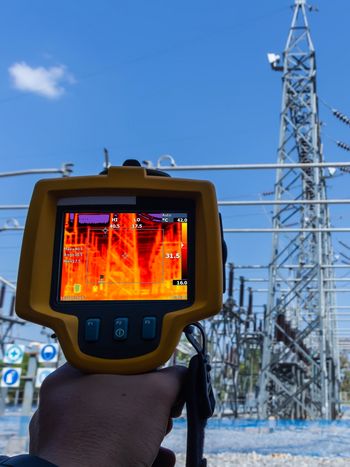New technologies, materials and approaches for overhead lines
Overhead Lines (OHL) play an important role in the electricity business. They are the oldest and – till today – the most common used transmission method worldwide to transport electrical energy, and especially to transport bulk energy over big distances on land. Extra high voltage lines may exceed a route length of 1.000 km for the transport of several 1.000 MW per electric circuit in alternating (AC) or direct current (DC), up to voltages of 1.150 kV. OHL will be designed to build up new grids or to improve and strengthen existing grids.

Chair of SC B2 - Overhead Lines
More and more renewable energy sources need to be integrated into the existing transmission grid. In addition due to the liberalization of the electricity market in the last years the demand for production and consumption of electricity has changed. The transmission line business has become more challenging, however, new techniques allow for new solutions and approaches. Among them are:
- build new overhead lines with new techniques, design and approaches;
- change of components on existing lines (e.g. other conductors with higher current capacity);
- increase the line voltage on existing lines (e.g. from 220 kV to 400 kV) or change from AC to DC;
- application of Dynamic Line Rating systems on existing lines.
Long term reliability, long service life, cost efficiency and consideration of environmental aspects are required for overhead lines. Modern approaches, materials, methods and design help to fulfill these requirements.
New technologies and materials for overhead lines
Recent advances in new materials and technologies have provided transmission utilities and operators with multiple options for better designs, more efficient operation and maintenance of their assets.
High temperature – low sag - conductors (HTLS) are made of special alloys and can be used at temperatures of up to 210°C. Such conductors can carry more electric current than standard conductors with an allowable temperature of 80 - 90°C. The new materials limit the sag and conductor pull to prevent respective minimize adaptions of towers including prevent replacements by higher towers. HTLS conductors are used for reconductoring for the uprating of existing lines as well, as for new lines. They are often “tailor made” for a project and each project must be investigated on a case to case basis. The picture shows the correlation between capacity (Amperes) and conductor temperature. The higher the temperature, the more Amperes can be carried – but also higher losses.
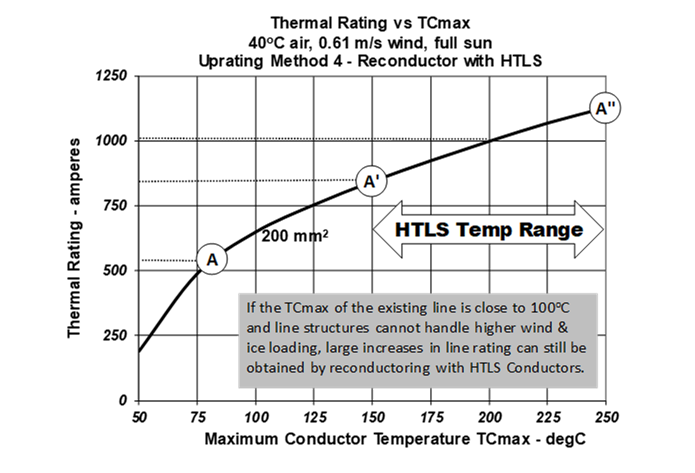
Increase of capacity (amperes) depending on the conductor temperature for a certain project.
Source: CIGRE publication 763 "Conductors for the uprating of existing overhead lines“
Dynamic Line Rating (DLR) indicates the actual temperature of a conductor and the actual environmental parameters to calculate the permissible maximum electric load in this moment. The principle is: the higher the ambient temperature - the lower the permissible electric load; the higher the windspeed - the higher the permissible electric load. The optimum for a high current capacity of an OHL are cold winter nights (no solar radiation) and wind at high speed perpendicular to the line direction.

Principles of dynamic line rating, high wind and low temperature allow higher permissible current in the conductors
Several systems for DLR exist, using thermal sensors directly mounted on the conductor, or sensors for the conductor pull, or calculating methods from the environmental data, or measuring vibration frequencies of the conductor, and many others. Advantages are the rather small investments for the existing line. Several preconditions must be kept and checked before introducing DLR:
- clearances to ground, buildings, obstacles
- maximum allowable conductor temperature (mechanical aspect)
- equipment in substations must be prepared for higher current
- load flow considerations of the grid
- legal situation (permission) to run the line with the desired current
The conversion of an existing AC line to DC can increase its ampacity. Adaptions on the line will become necessary, and AC/DC- and DC/AC-converter stations at the two ends of the line must be built. Such AC-to-DC-conversions are not common today but are an option for the future. The efforts and costs must be counterbalanced with the gained advantages.
High Voltage and Extra High Voltage DC overhead lines. The increased use of such lines is a solution for the transmission of large quantities of energy over long distances (typically exceeding 600 km). They exist in many counties. For shorter lengths AC lines are usually more economic, even for voltages exceeding 1000 kV. Worldwide projects and ideas exist to transport hundreds of GW over several thousands of kilometres in the future. The concept of a Global Interconnection is based on such technologies.
New materials for structures like fibre reinforced polymer (FRP) are light weight, have a high strength-to-weight ratio, are environmentally inert with high durability, and have electrical non-conductive properties. FRP does not rust or corrode which would be especially beneficial in coastal or industrial areas. First lines in the lower HV range have already been built with such materials.
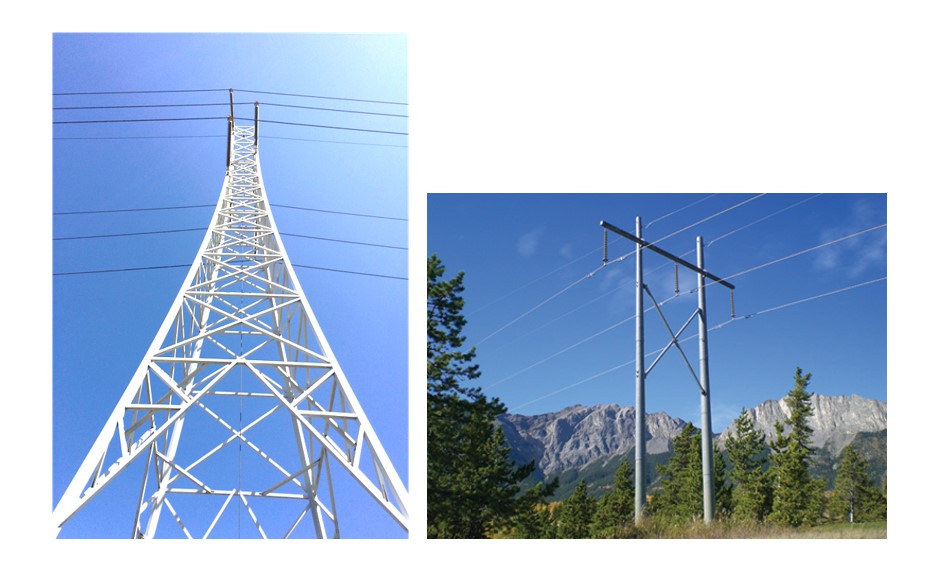
110kV composite towers in lattice design and as tubular poles. Source: Cigre Working Group B2.61 “Transmission Line Structures with Fibre Reinforced Polymer (FRP) Composites”
Environmental aspects of Overhead Lines, maintenance
The visual impact is often the reason for opposition against new and existing OHL. New tower design can help to overcome this problem. The typical standard tower configurations have been developed over the decades in all countries, which are optimized in terms of material, the local environmental situation, transportation, erection, maintenance, costs, lifetime, national rules and standards, appearance. Many utilities started considerations for a new tower design to get or to increase the acceptance for new OHL. Several towers in alternative design are known from countries all over the world. Many of them are single solutions (only one tower in a line), some even have the function as eye-catchers. More and more examples for new tower design is being used over longer distances and some of them have reached the status of a new standard tower design for certain line owners. Examples are in Denmark and The Netherlands, others are shown in the CIGRE Technical Brochure 416.
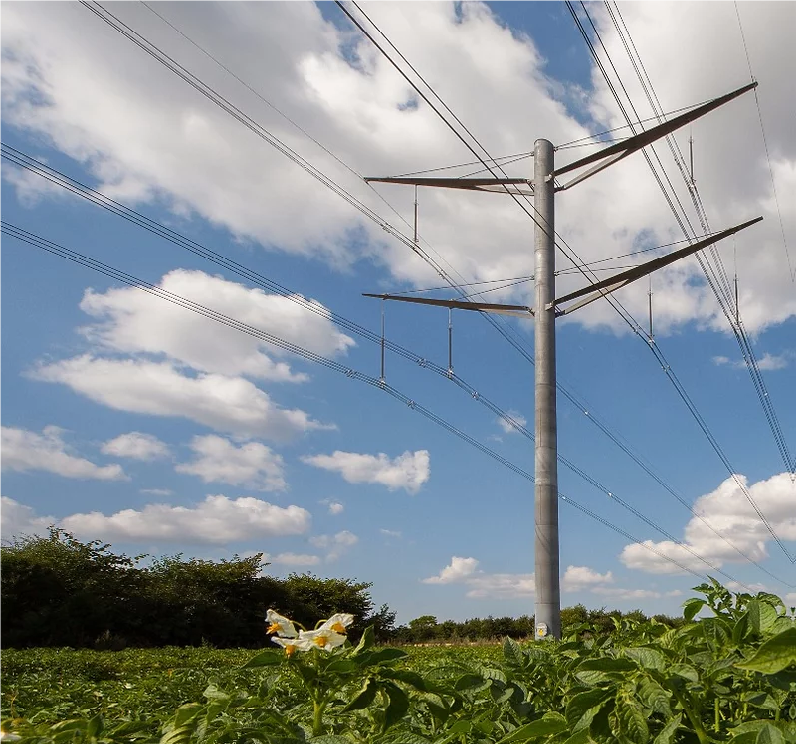
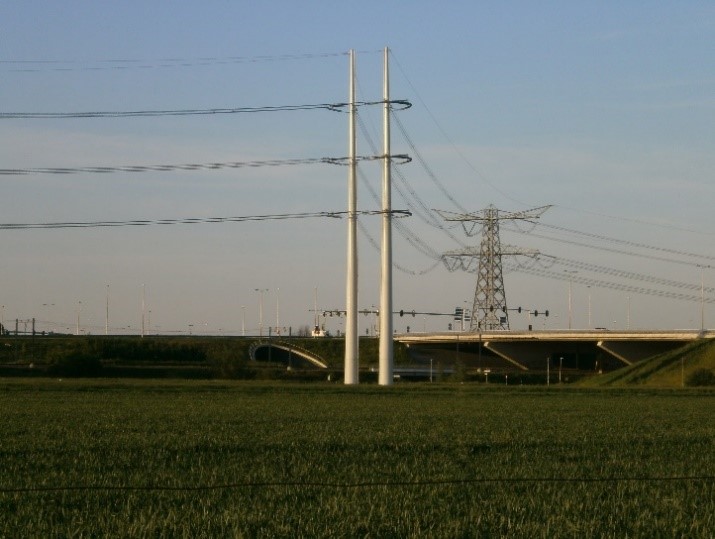
New 400kV double circuit tower design using metallic poles.
Left “eagle” in Denmark source: energinet and bystrup architects. Right “wintrack” in The Netherlands by TenneT
Another way to get acceptance is to “hide” OHL wherever the landscape allows this, or to camouflage the line by appropriate coating of towers and even conductors. The picture shows a “camouflage line” in the Austrian Alps with coated towers and coated conductors.

two 400kV OHL towers with two systems each can be seen. Left tower: galvanized steel tower, clearly visible; right tower: “camouflage line” tower dark green coated, and coated conductors, nearly invisible. Source APG
Audible noise may occur from OHL under unfavourable weather conditions. Methods are available to reduce this, among them are multiple subconductors, phase arrangement, conductor arrangement and conductor surface treatment.
Overhead lines produce electric and magnetic fields (EMF). The electric field depends on the line voltage, the magnetic field depends on the actual current flowing through the conductors. Both can be minimized during the design of an OHL by phase arrangement and route decision. Their permissible values are defined in international and national regulations.
Maintenance with robots in assessment and maintenance of OHL is becoming more and more common at many utilities. Such machines can check conductors, insulators, and can climb structures. They assist asset managers in evaluating damages, end of life, and are a valuable tool to evaluate damages. Line Suspended Robots are designed to perform visual inspection of conductors. They may detect and locate corrosion pits and broken steel core wires, measure the remaining cross-section of steel wires as well as do temporary repair of components. Unmanned Aerial Vehicles are helicopters with give images when they fly close to the transmission lines. In addition they can take pictures in the infrared and ultra-violet spectrum from insulators and conductors and can detect hot spots due to pollution and corona discharges. Ground Based Robots are designed to remotely capture and control energized conductors and execute tasks that are far beyond human capability from a mechanical and electrical stress perspective. This technology can be used for live line structure work, e.g. repair and insulator replacement. A big advantage is the reduction of time needed. Other Types of Robots are specialized e.g. for climbing of towers and poles, inspection of insulators and jumpers and for cleaning of insulators.
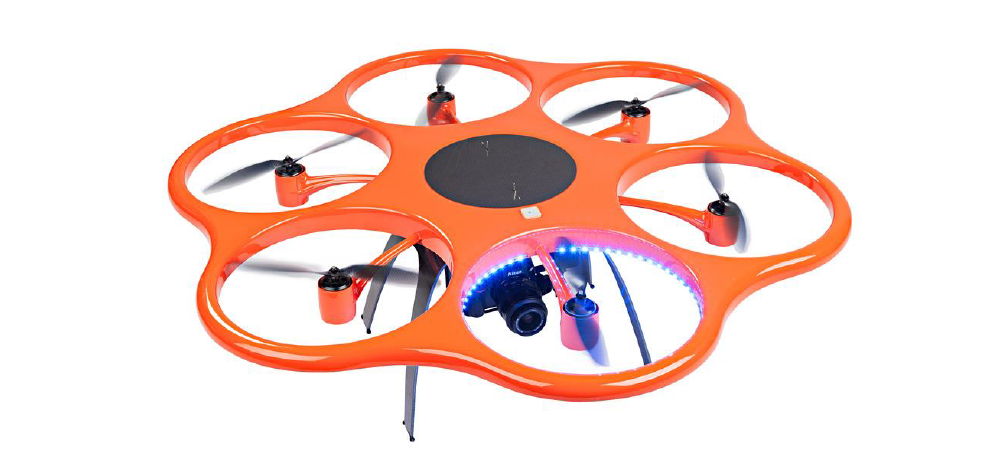
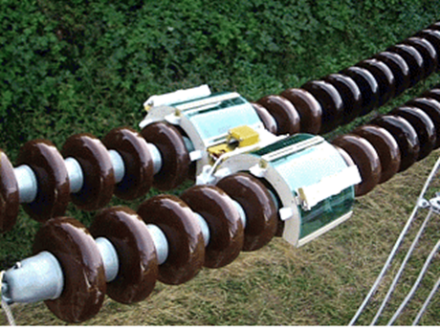
left: unmanned aerial vehicle “multicopter”; right live-line insulator cleaning robot (Korea Electric Power Research Institute)
B2 Publications and Working Groups dealing with new developments in the field of OHL
Several publications from B2 deal with new developments for existing and future applications, with methods to upgrade existing lines, and to improve environmental impacts from existing and new lines.
| Publication | Title and year of publication |
|---|---|
| GB1 | CIGRE Green Book Overhead Lines, 2016 |
| TB 147 | High voltage overhead lines. Environmental concerns, procedures, impacts and mitigations, 1999 |
| TB 265 | Life Cycle Assessment for Overhead Lines, 2004 |
| TB 331 | Considerations relating to the use of high temperature conductors, 2007 |
| TB 353 | Guidelines for increased Utilization of existing Overhead Transmission Lines, 2008 |
| TB 416 | Innovative solutions for overhead line supports, 2010 |
| TB 425 | Increasing capacity of overhead transmission lines, 2010 |
| TB 426 | Guide for qualifying high temperature conductors for use on overhead transmission lines, 2010 |
| TB 498 | Guide for Application of Direct Real-Time Monitoring Systems, 2012 |
| TB 583 | Guide to the conversion of existing AC lines to DC operation, 2014 |
| TB 601 | Guide for thermal rating calculations of overhead lines, 2014 |
| TB 643 | Guide to the operation of conventional conductor systems above 100ºC, 2015 |
| TB 695 | Experience with the mechanical performance of non-conventional conductors, 2017 |
| TB 748 | Environmental issues of high voltage transmission lines for rural and urban areas JWG C3-B1-B2, 2018 |
| TB 763 | Conductors for the uprating of existing overhead lines, 2019 |
| TB 792 | Compact AC overhead lines, 2020 |
A number of active Working Groups in SC B2 reflect the new developments in the field of OHL.
| WG number | Title of Active Working Group |
|---|---|
| WG B2.59 | Forecasting dynamic line ratings |
| WG B2.62 | Compact HVDC overhead lines |
| WG B2.61 | Transmission Line Structures with Fibre Reinforced Polymer (FRP) Composites |
| WG B2.66 | Safe handling and installation guide for high temperature low sag (HTLS) conductors |
| JWG B2/D2.72 | Condition Monitoring and Remote Sensing of Overhead Lines |


